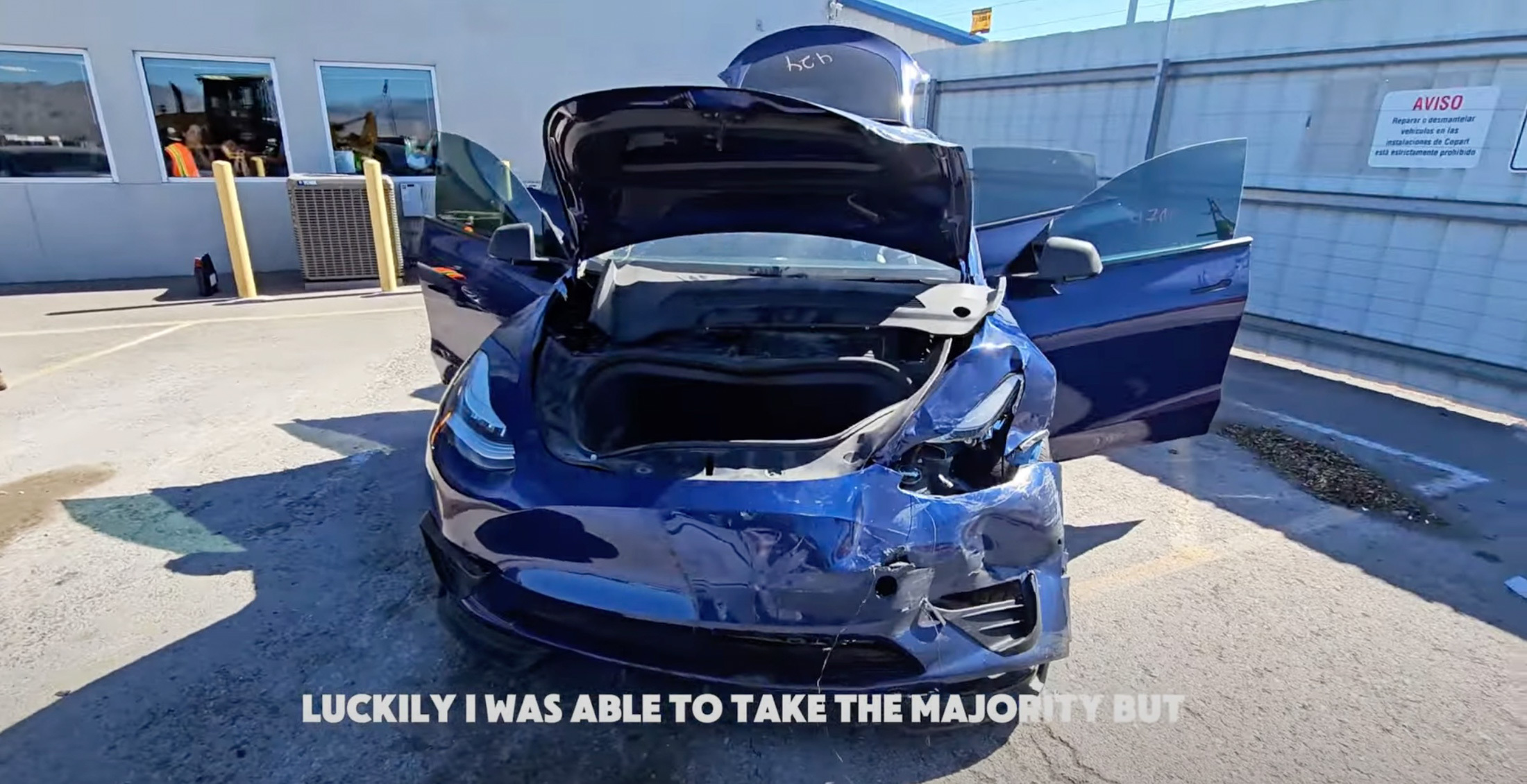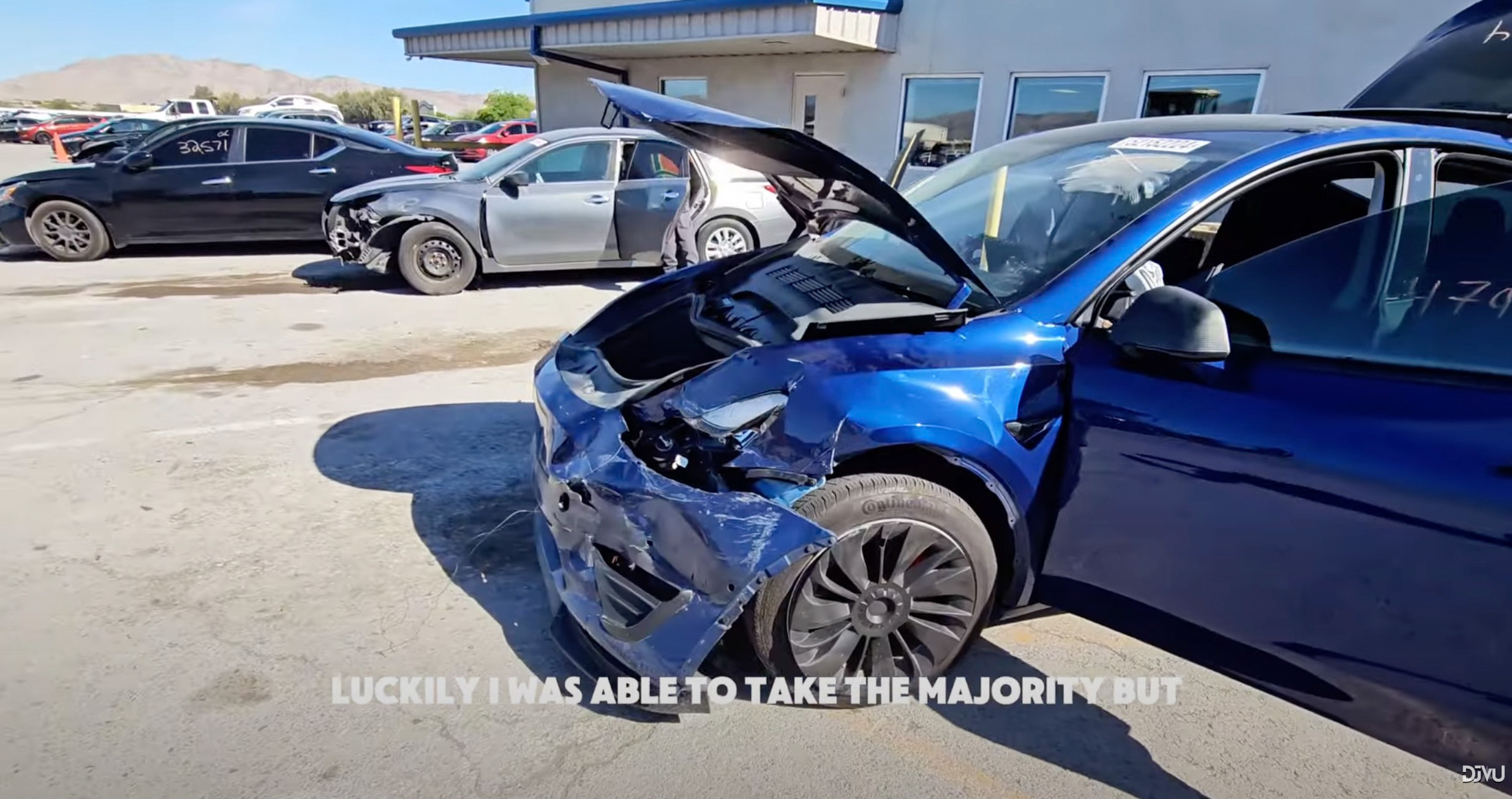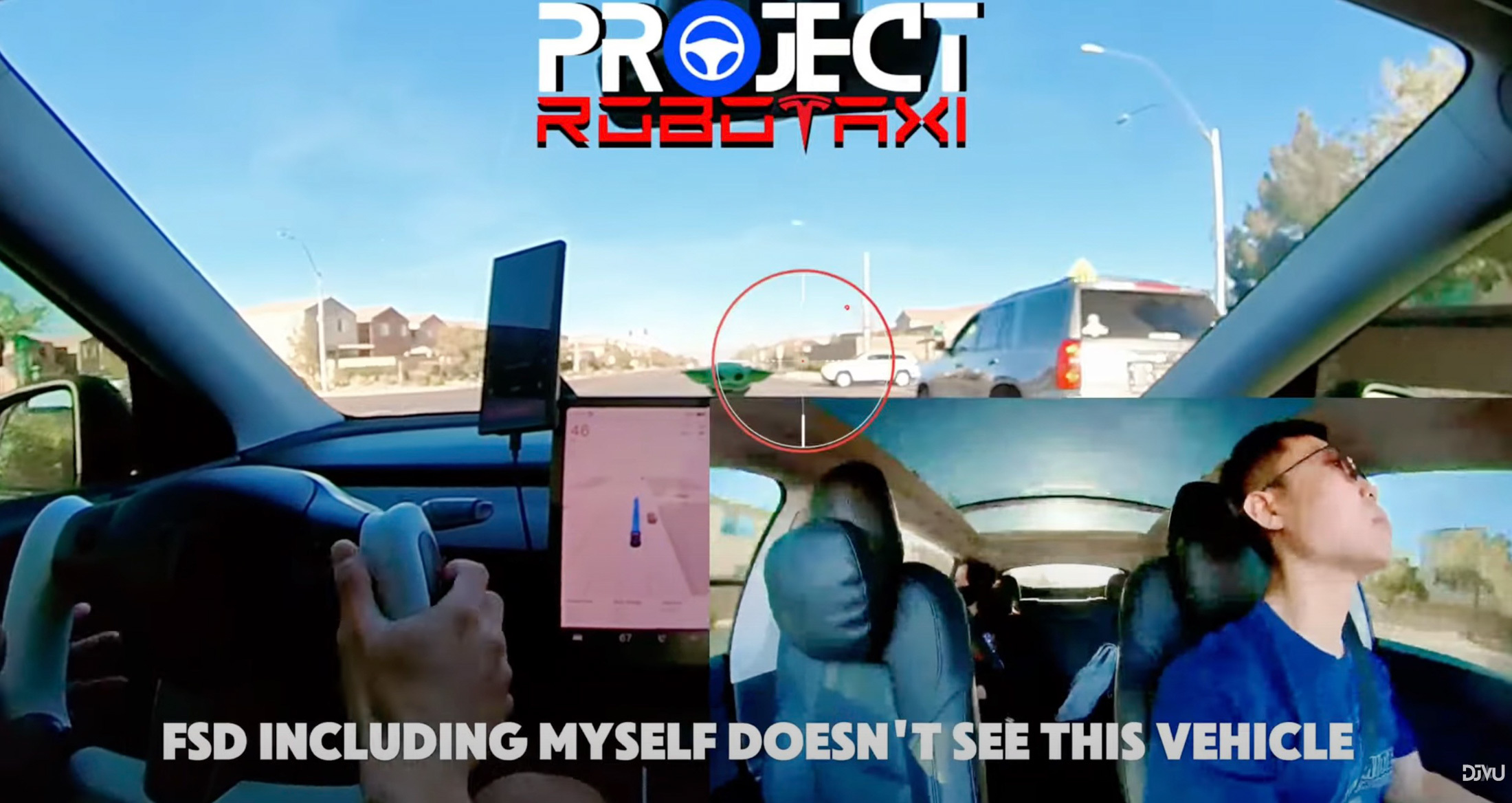- Some ride-hailing drivers working for Uber and Lyft are relying on their Teslas’ Full Self-Driving systems when carrying passengers.
- Engaging FSD lets them treat the Tesla like a robotaxi and there are no rules prohibiting cab drivers from using the tech.
- One Uber driver and YouTuber crashed earlier this year when his FSD-equipped Tesla failed to spot an SUV cutting across his path.
Tesla is gearing up for the reveal of its first robotaxi on October 10, but across the US an increasing number of ride-hailing drivers are creating their own robotaxis by using Tesla’s Full-Self Driving systems when carrying paying passengers.
Unlike real robotaxi firms, which are heavily regulated, human operators working for Uber and Lyft are free to use whatever driver assist technology is available to them. But given how unpolished FSD has proven to be on real roads, would passengers be as happy to climb in the back of that Model Y if they knew the car, and not the human in the front seat, was the primary driver?
Related: Tesla’s Delayed Electric Robotaxi May Premiere On October 10
Reuters learned of at least 11 ride-hail drivers who rely on the $99-per-month FSD option, which they say helps reduce their stress levels and work longer hours. More hours means more pay, so there’s a clear incentive to leverage the technology.
But a crash earlier this year involving one Uber driver who posts his experiences on YouTube has caught the attention of federal safety officials, who are now looking into both that accident and the use of self-driving tech in the ride-hail industry.
Footage from Just Yoon (@withdjvu), who has posted a series of videos titled ‘Project Robotaxi,’ shows his Tesla Model Y Performance driving along a wide road at just over the posted 45 mph (72 km/h) limit when an SUV at a stop sign illegally pulls in front of him. Unfortunately, the careless SUV is obscured by another SUV in the lane to Yoon’s right.
Neither the Uber driver, who seems to be fiddling with the touchscreen, or the FSD system notices the danger at first – but when the penny drops, it’s the Uber driver who’s first to realize what’s happened, and react.
It’s easy to be an armchair critic and say Yoon should have steered to the left, or steered sooner or faster to the right, or braked earlier. Or that he should have had his hands on the wheel because FSD is just a Level 2 system. Or that he might have had a better chance of steering around the SUV if he hadn’t fitted the dumb yoke wheel. But the slowed-down in-car footage doesn’t really convey how little time the Uber driver had to react, or the panic he must have been experiencing in a high-stress situation.
The Tesla was totaled and the SUV driver admitted liability, but despite conceding in the crash video that FSD is flawed, Yoon has since acquired another Model Y and and continues to use the driver-assist tech when carrying his passengers.
“Once you’ve experienced Full Self-Driving, you can’t really go back,” he tells viewers in a video posted two months after the crash.









